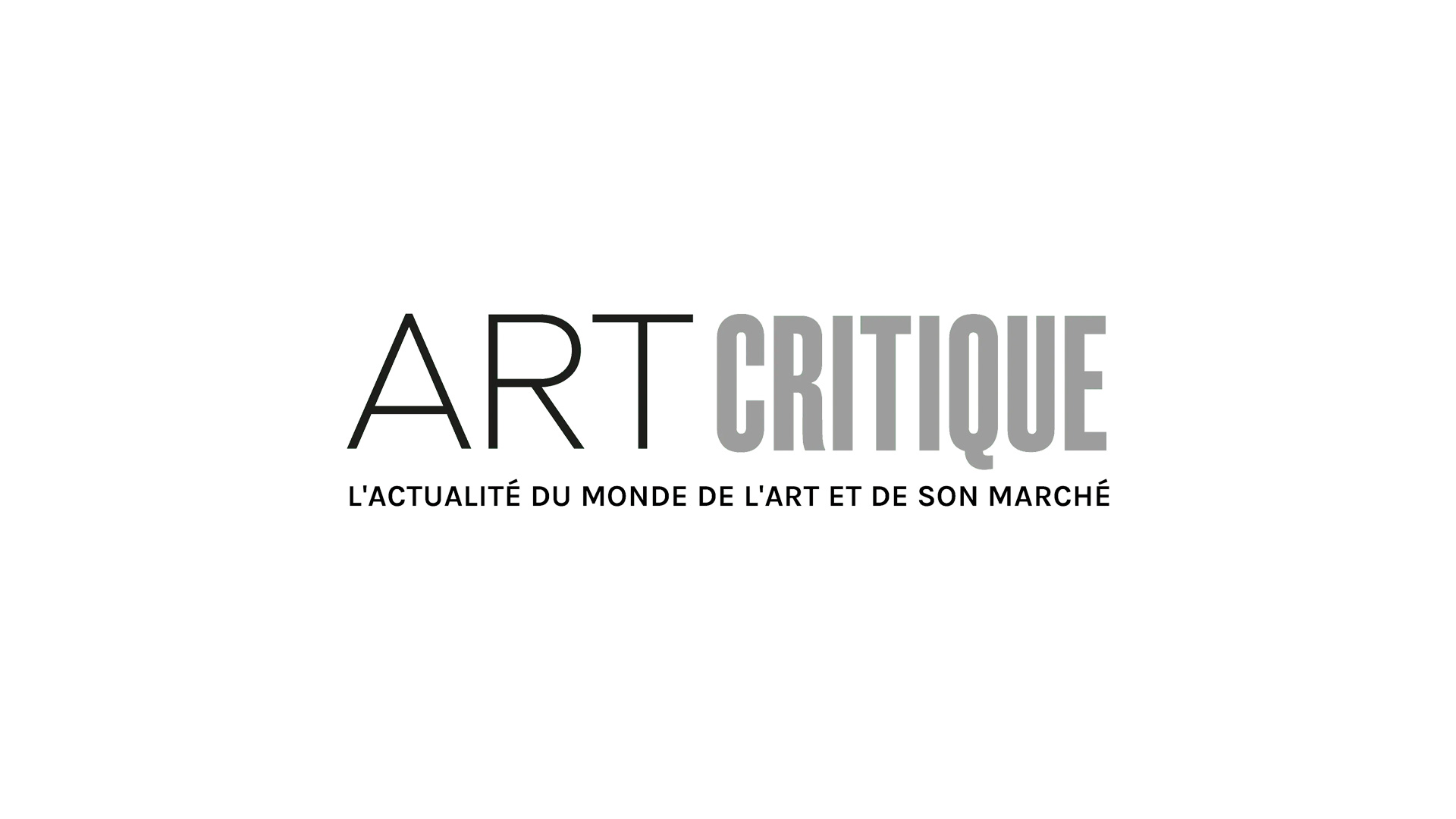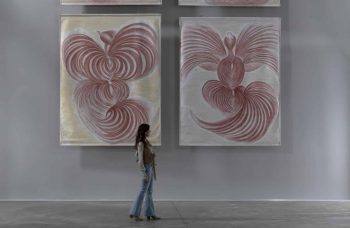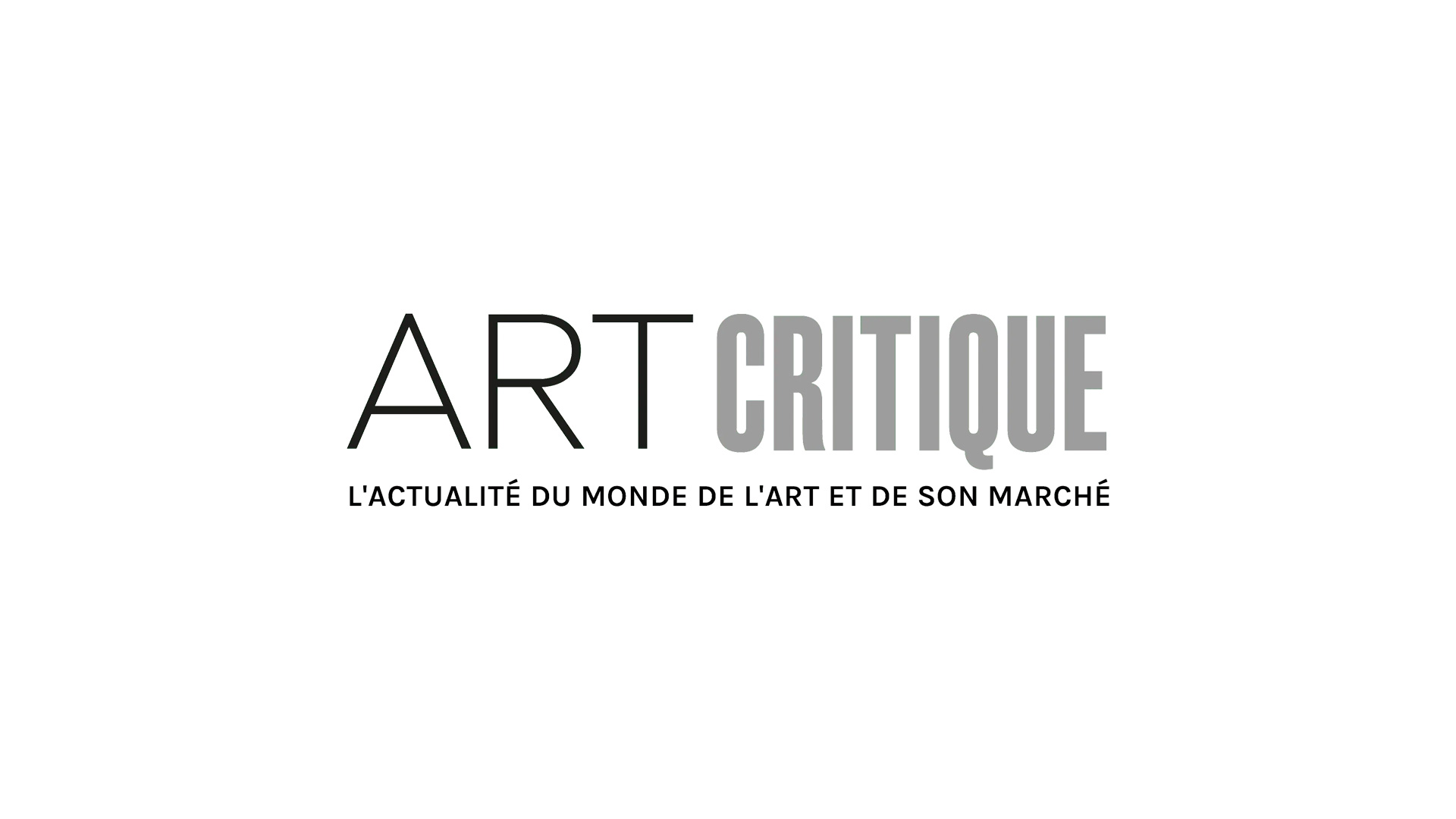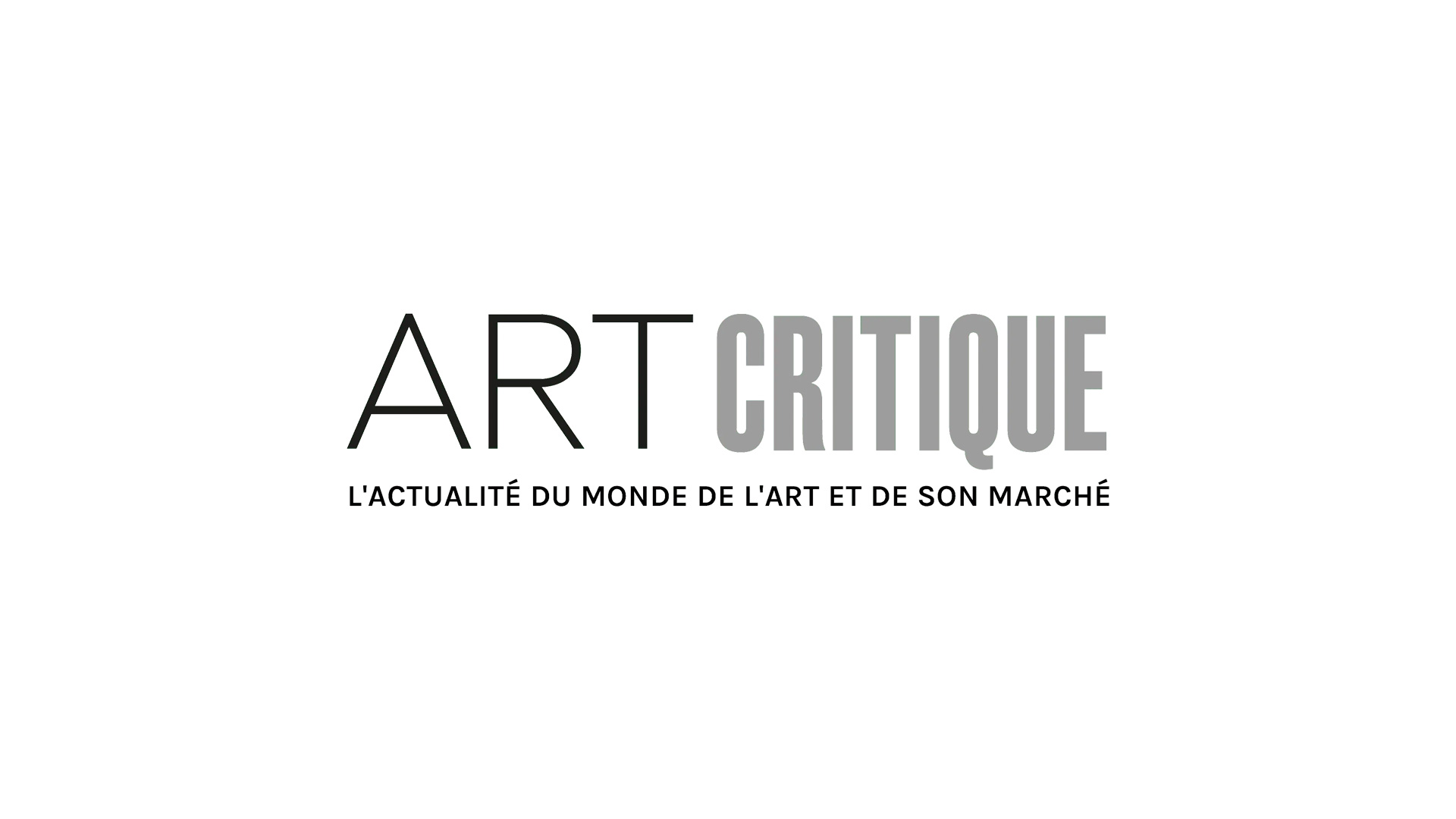On February 14th, the international day of celebrating or bemoaning love, the activist group Radical Matriarchy set up at DC’s National Gallery of Art (NGA) asking for a little love for artists that don’t fall into the white male category.
Headed by Michelle Sutherland, better known as Sister Leona, Radical Matriarchy made their way to the NGA for an entire day of protests and demonstrations both inside and outside of the museum. Their purpose was to shed light on the NGA’s collection and its lack of diversity. The activist group claims that of the more 140,000 paintings, photographs, drawings, prints, sculptures, decorative artworks, and various other media that make up the NGA’s collection, 90% of the works are by white men. Of the 10% that don’t fall into that category, only 3% are by artists of colour. A 2019 study meant to track the range of diversity in 18 of the largest US institutions supported these numbers. That same study put the NGA as one the nation’s least diverse organizations.
Radical Matriarchy’s most recent protest is the second of its Valentine’s Day demonstrations. In 2018, the group took to the steps of New York’s Metropolitan Museum of Art. With 21 artworks created by women in hand, the group protested the Met’s lack of female artists stating that only 4% of their stores represented women artists. That same study by PLOS found that the Met’s numbers were closer to 7.3%.
The demonstration began to take shape only seven days before February 14th when Sister Leona made her way to DC. It was then that she began recruiting sympathizers, printing flyers, and organizing the rally. According to the DCist, Sister Leona’s goal ‘was to meet all of the artists [she] could meet and then bring them all out there.’ The event included artwork, political speeches, spoken word, raps, poetry, nudity, and various other performances that weren’t created by white men. Though works by that category weren’t highlighted in the day’s festivities, white men were encouraged to show up in support for their unrepresented counterparts.
The group’s most recent protest comes only about a month before the NGA will welcome its first ever female director in its near 80 years of operation. The NGA announced in December that Kaywin Feldman, previously the director of the Minneapolis Institute of Art, would replace Earl ‘Rusty’ Powell who’s directed the NGA since 1992. At the time, Feldman stated ‘I’m a feminist, and I have long advocated for gender equality, so it’s really exciting for me to be able to lead the nation’s art museum.’ Perhaps, under her direction, the NGA might seriously consider its representation of artists who are most overlooked and make room for diversity.





